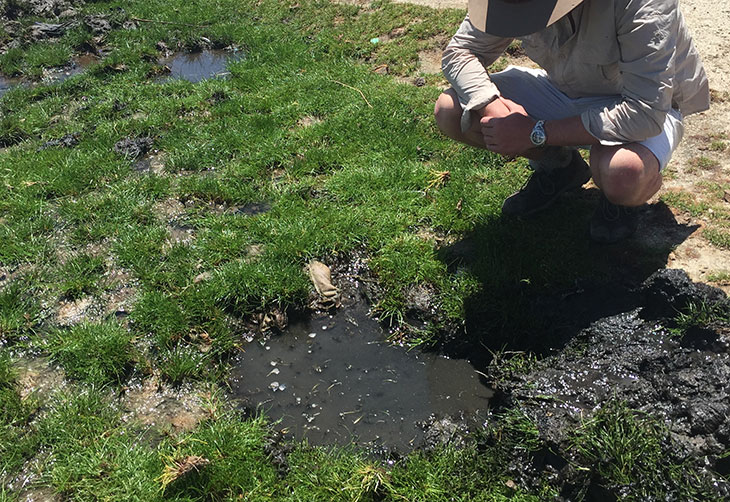Winning helium hunt lifts hopes element not running out
1-trillion-liter reservoir of rare gas found in Tanzania

HEFTY HELIUM A reservoir of more than a trillion liters of helium gas are stashed away beneath Tanzania, enough to fulfill global helium demand for everything from party balloons to MRI machines for years.
Ishmael Orendain/Flickr (CC BY 2.0)







